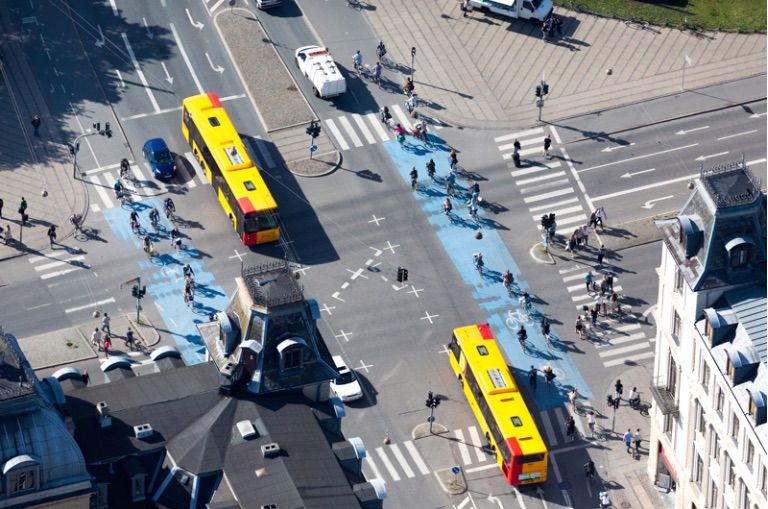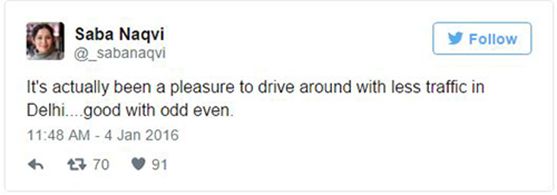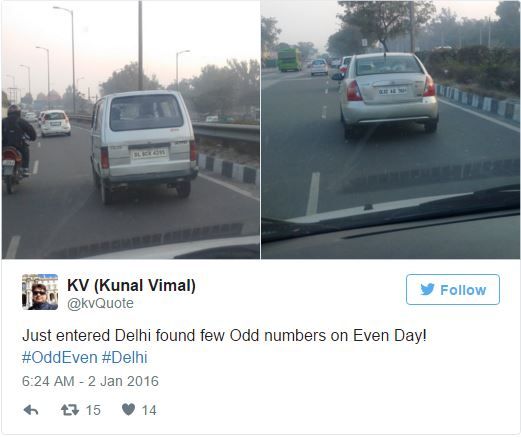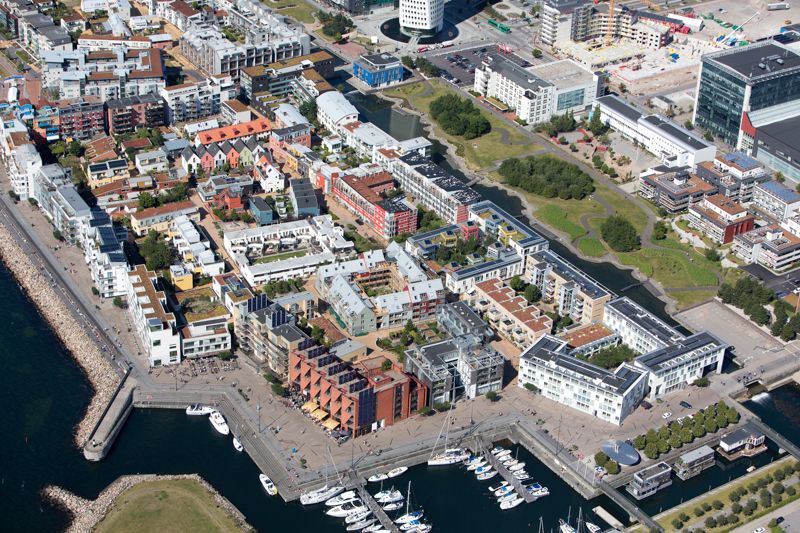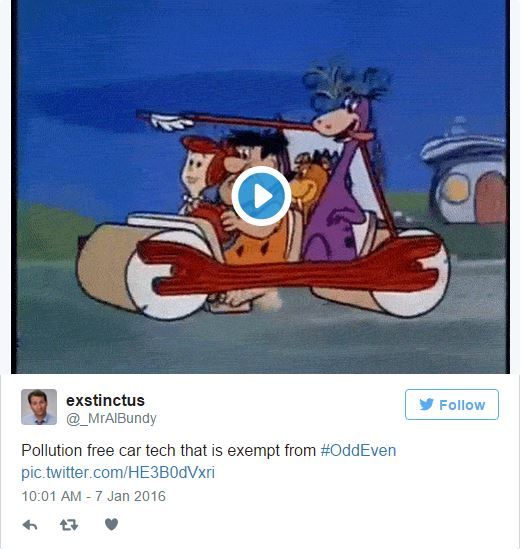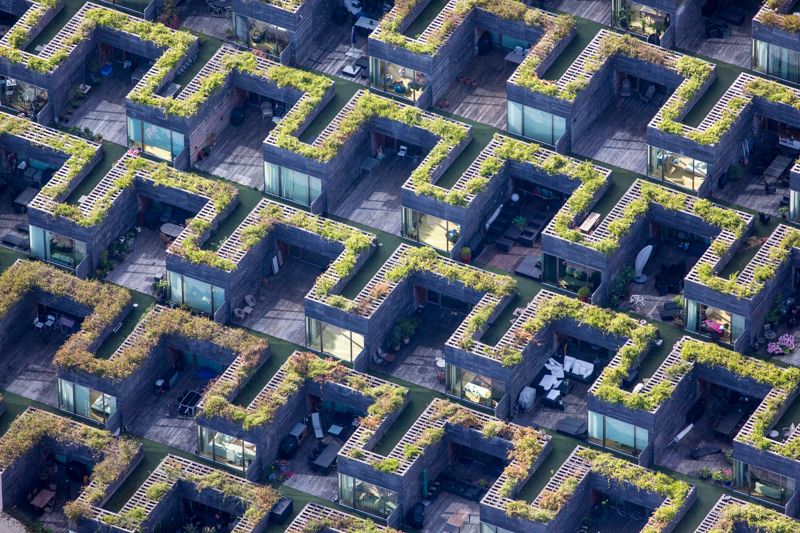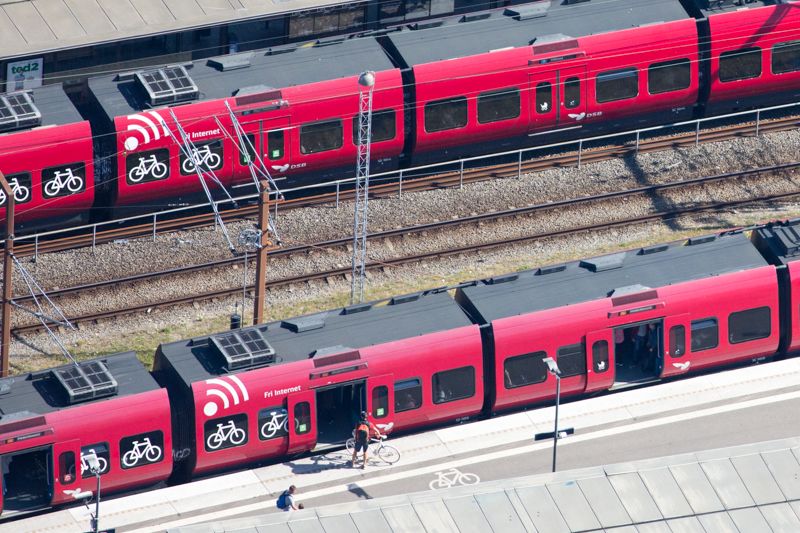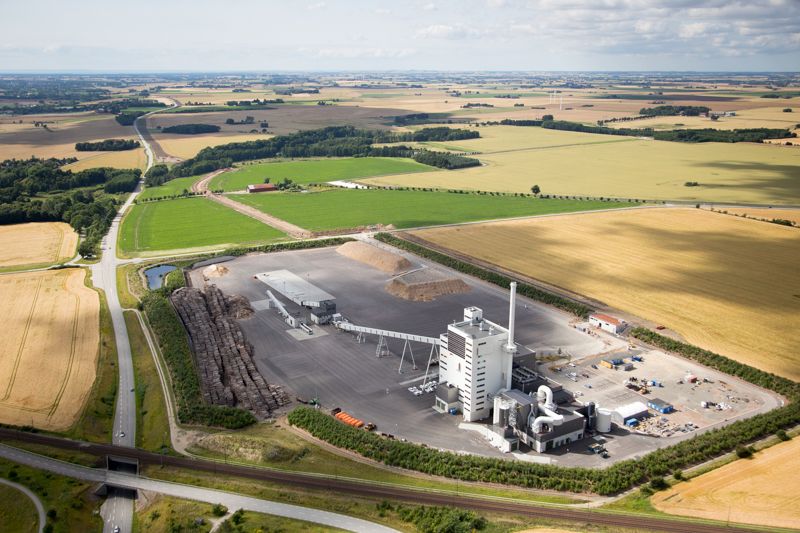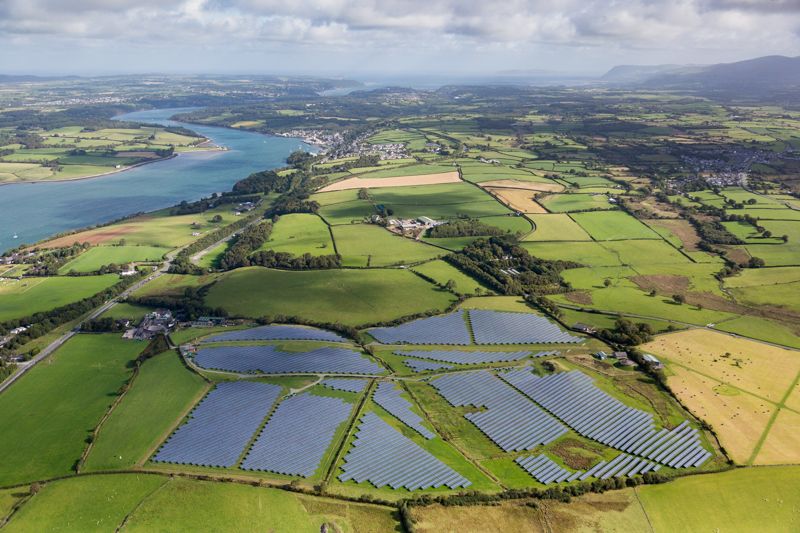Objective:
Students will be able to analyze and summarize four accounts of how climate change is affecting culture internationally in order to compare and contrast with how climate change is impacting their communities.
Warm-up:
1. Make a list of the effects of climate change in your community.
2. What is climate change? Work with a partner to define the term, and be prepared to share with the class.
3, What are things that you and your community members do that affect climate change? Be prepared to share with the class
4. Discuss with a partner: How does climate change directly impact the following things?
- Traffic
- Food
- Health
Introducing the Lesson:
These resources explore the idea of climate change and the effect they have on communities and everyday people around the world. They were produced by Pulitzer Center grantees Dan Grossman and Esha Chhabra.
Dan Grossman went to Europe for is project "Prevention + Cure," writing about what European communities are doing to protect their natural resources and reducing their carbon emissions.
Esha Chhabra went to India for her project, "India's Entreprenurial Answer to Healthcare." It is about the obviously overpolluted cities in India and the effects that pollution has on the people there.
Introducing the Resources:
As you read each of the resources, answer the accompanying questions and consider the following:
- How is climate change directly impacting the lives of the subjects?
- How does what the subjects are facing in the article compare to what your community is facing?
- How would you present this article to someone who hasn’t seen it? What details would include?
- Summarize.
- How does the medium help or detract from the message the artist is trying to convey?
Discussion of All Four Articles:
-
Discuss the impacts of climate change on your culture. Compare and contrast with the articles you read.
Extension Activities:
-
Discuss: How could your community reduce its carbon footprint?
-
Write a journal entry about specific changes your community could make to reduce its carbon footprint.
-
-
Using twitter #odd/even:
-
What would you tweet if the odd/even rule came into effect at your school?
-
-
Create a hastag around an environmental issue that you care about.
CCSS.ELA-LITERACY.SL.9-10.4
Present information, findings, and supporting evidence clearly, concisely, and logically such that listeners can follow the line of reasoning and the organization, development, substance, and style are appropriate to purpose, audience, and task.
CCSS.ELA-LITERACY.RI.9-10.2
Determine a central idea of a text and analyze its development over the course of the text, including how it emerges and is shaped and refined by specific details; provide an objective summary of the text.
CCSS.ELA-LITERACY.RI.9-10.7
Analyze various accounts of a subject told in different mediums (e.g., a person’s life story in both print and multimedia), determining which details are emphasized in each account.
